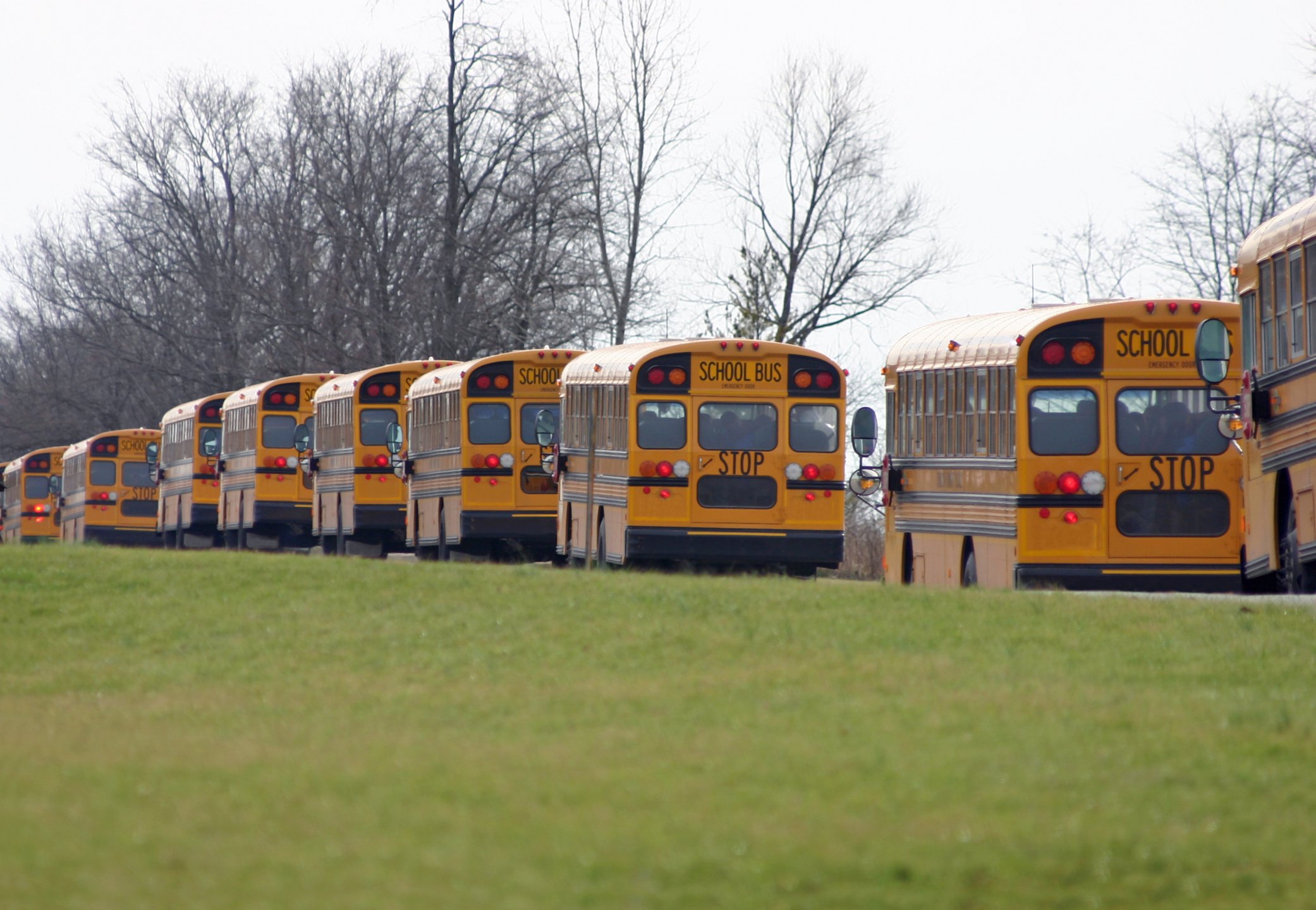TOMS RIVER, NJ – If you live in Ocean County, chances are you already know you are paying more money in school taxes than your district actually receives. That’s because most districts at the Jersey Shore are sending more money to Trenton than they are getting in return. A large portion of school taxes paid in Ocean County are spent in underserved urban school districts.
Now, long-time critic of Gov. Phil Murphy’s school funding formula, Assemblyman Greg McGuckin is calling on Governor Murphy to reverse plans to cut nearly $240 million from districts to pay for the $10.75 billion for schools in his proposed budget.
“Increased funding for schools shouldn’t come at the expense of other children’s education. All children deserve a thorough and efficient education, but Murphy’s budget and funding formula picks winners and losers,” McGuckin (R-Ocean) said. “Hundreds of millions of dollars have been taken from Ocean County school districts to increase funding in Democrat districts. If Murphy really wants to address the learning loss all students experienced from his draconian lockdowns, he has to fully fund all schools.”
Murphy’s fiscal year 2024 budget proposes an increase in school aid of $832 million, but cuts funding to overfunded school districts under the controversial S2 funding formula. This represents the sixth year of the seven-year phase-in.
“Toms River, the largest suburban school district in the state, has lost over 100 million in state aid in just five years. Brick loses seven figures in state funding a year. It is not sustainable,” McGuckin argued. “Murphy touts his historic school funding, but it is costing 30% of New Jersey’s schools millions of dollars a year.”
In the current system, the state only covers the difference between a school’s adequacy budget and the local cost share, referred to as equalization aid. Schools that exceed their adequacy budgets have the highest property taxes in the state.
“The burden to fully fund schools shouldn’t fall on property taxpayers and the $10 billion budget surplus shouldn’t be squandered on election-year favors. It should support the schools struggling to keep teachers and provide a high-quality education despite year-after-year of cuts,” McGuckin said.
